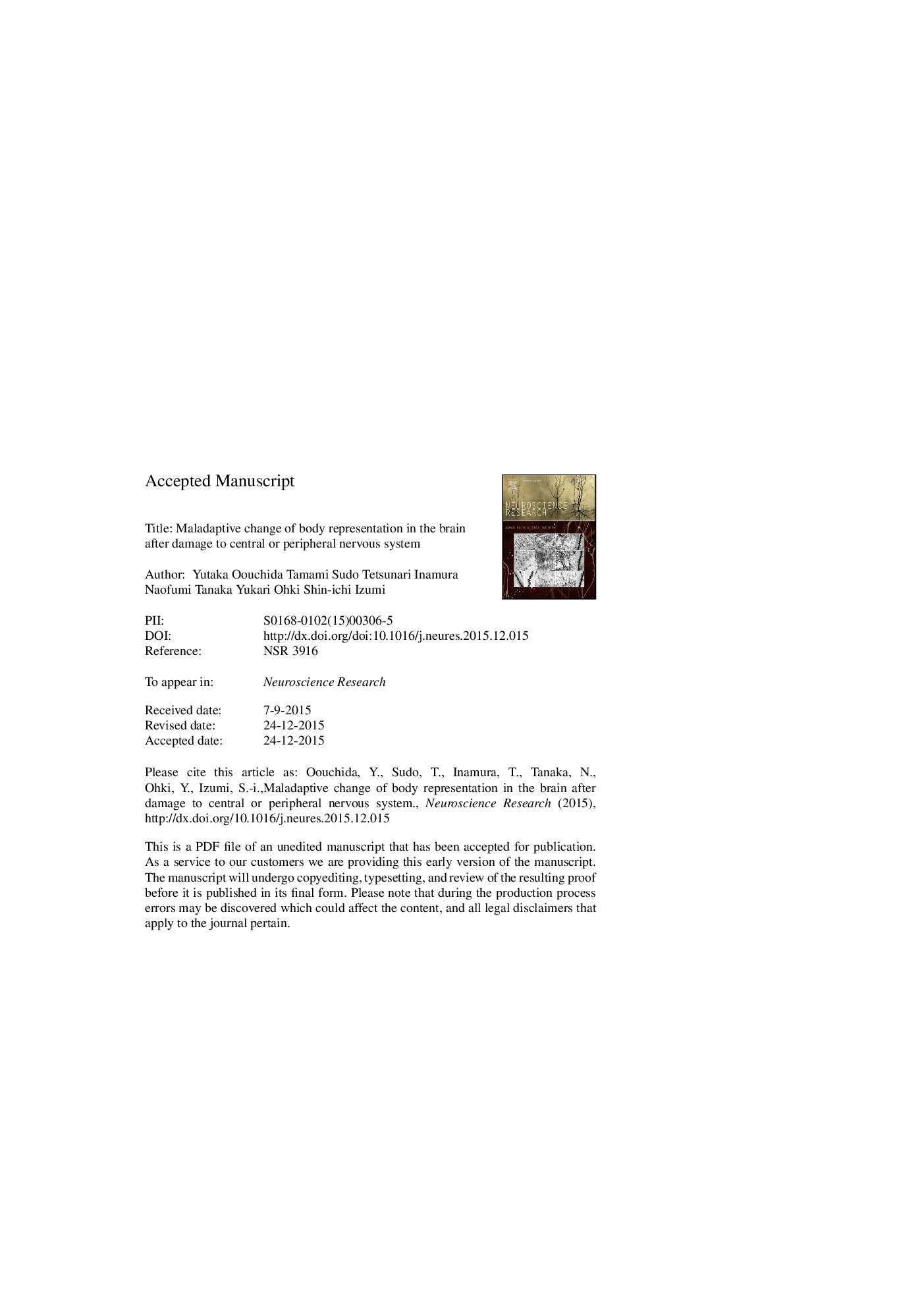| Article ID | Journal | Published Year | Pages | File Type |
|---|---|---|---|---|
| 6286070 | Neuroscience Research | 2016 | 37 Pages |
Abstract
Our brain has great flexibility to cope with various changes in the environment. Use-dependent plasticity, a kind of functional plasticity, plays the most important role in this ability to cope. For example, the functional recovery of paretic limb motor movement during post-stroke rehabilitation depends mainly on how much it is used. Patients with hemiparesis, however, tend to gradually disuse the paretic limb because of its motor impairment. Decreased use of the paretic hand then leads to further functional decline brought by use-dependent plasticity. To break this negative loop, body representation, which is the conscious and unconscious information regarding body state stored in the brain, is key for using the paretic limb because it plays an important role in selecting an effector while a motor program is generated. In an attempt to understand body representation in the brain, we reviewed animal and human literature mainly on the alterations of the sensory maps in the primary somatosensory cortex corresponding to the changes in limb usage caused by peripheral or central nervous system damage.
Related Topics
Life Sciences
Neuroscience
Neuroscience (General)
Authors
Yutaka Oouchida, Tamami Sudo, Tetsunari Inamura, Naofumi Tanaka, Yukari Ohki, Shin-ichi Izumi,
